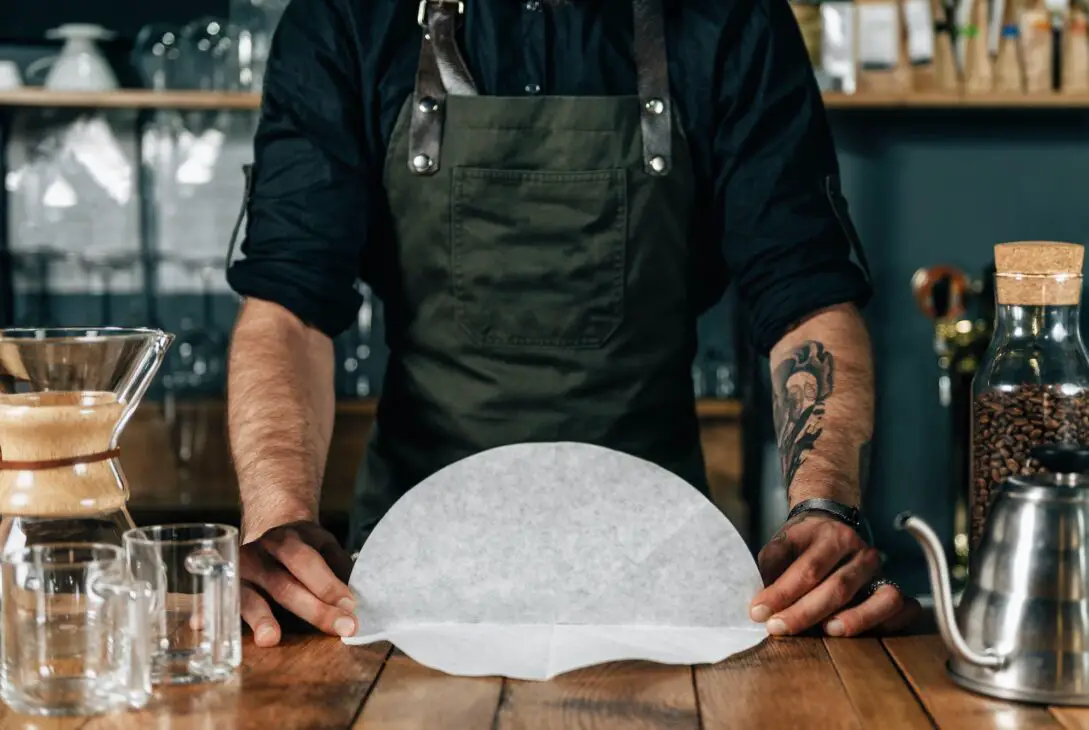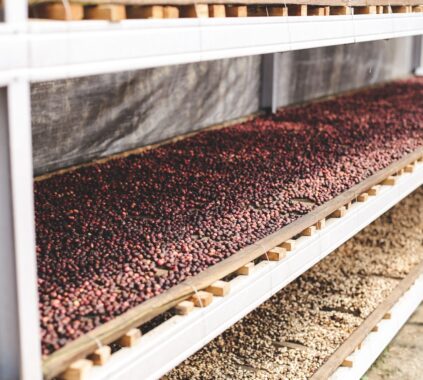Have you ever wondered how to take your coffee game to the next level? Well, say goodbye to your boring drip coffee maker and meet the three musketeers of manual brewing: the AeroPress, Chemex, and Hario V60. Trust me, once you try any of these methods, you’ll be telling your old coffee maker, “It’s not me, it’s you.”
AeroPress: The Bold and the Beautiful
Let’s start with the AeroPress, the brainchild of Alan Adler, an inventor who was as fed up with mediocre coffee as you are. This innovative device was born in 2005 and has been a favorite of coffee enthusiasts ever since. Its unique design allows you to make a bold, rich, and smooth cup of coffee in under two minutes. Talk about a quick caffeine fix!
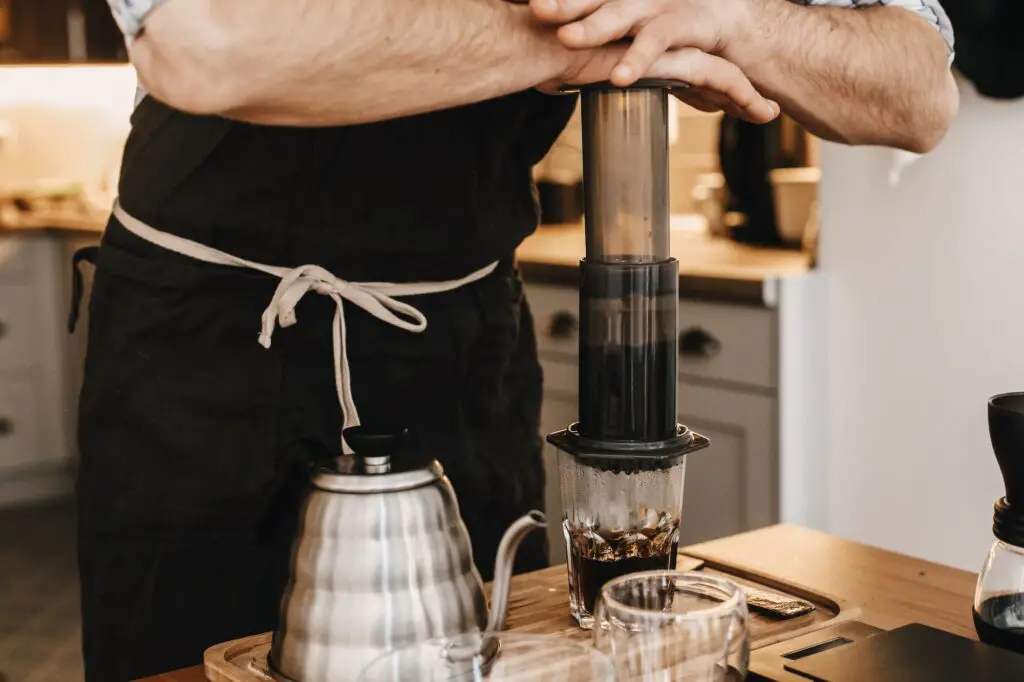
How to Brew with the AeroPress
- Grind your coffee beans. Opt for a fine grind, similar to the consistency of table salt. You’ll need around 15-18 grams of coffee for a single cup.
- Assemble the AeroPress. Place a paper filter in the cap, wet it to remove any paper taste, and then screw it onto the chamber.
- Add coffee grounds. Put the chamber over your mug and pour in the coffee grounds.
- Add water. Pour hot water (just off the boil) into the chamber up to the desired level. For a standard ratio, aim for 1:15 (coffee to water).
- Stir and press. Give the coffee a quick stir and then insert the plunger. Press down gently for about 20-30 seconds until you hear a hissing sound. Voilà, your coffee is ready!
Chemex: The Elegant and Sophisticated
Next up is the Chemex, a beautiful hourglass-shaped brewer with a wood collar and leather tie. Invented by Dr. Peter Schlumbohm in 1941, the Chemex is not just a coffee maker but a piece of art (it’s even featured in the Museum of Modern Art!). This manual brewing method is known for its bright and clean flavor, perfect for showcasing the nuances of your favorite beans.
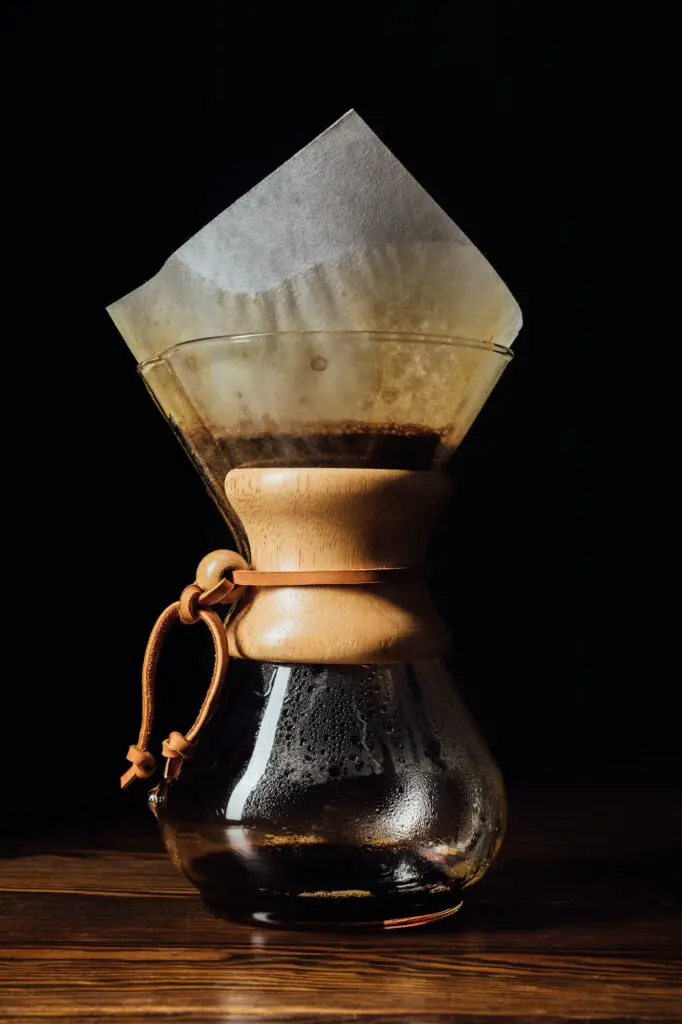
How to Brew with the Chemex
- Grind your coffee beans. Go for a medium-coarse grind, similar to the texture of kosher salt. You’ll need around 50 grams of coffee for a 6-cup Chemex.
- Prepare the filter. Use a Chemex-specific paper filter, which is thicker than standard filters. Fold it into a cone and place it in the top of the brewer, with the thicker side against the pouring spout.
- Add coffee grounds. Pour the coffee grounds into the filter and level them out.
- Bloom the coffee. Pour just enough hot water (around 200°F) to wet the grounds evenly and let them “bloom” for about 30-45 seconds. This helps release trapped CO2 and enhances the extraction process.
- Pour the water. Slowly pour the rest of the water in a spiral motion, avoiding the edges of the filter. Let the coffee drip through the filter, which should take about 4-5 minutes. Remove the filter and enjoy your clean, bright cup of coffee.
Hario V60: The Delicate and Precise
Last but not least is the Hario V60, a Japanese pour-over brewing method that resembles a cone-shaped paper filter holder. Its name comes from the 60-degree angle of the cone, which
enhances the extraction process and brings out the delicate flavors of your coffee. This method is beloved by coffee aficionados for its precision and control over brewing variables like water temperature, pouring speed, and extraction time.
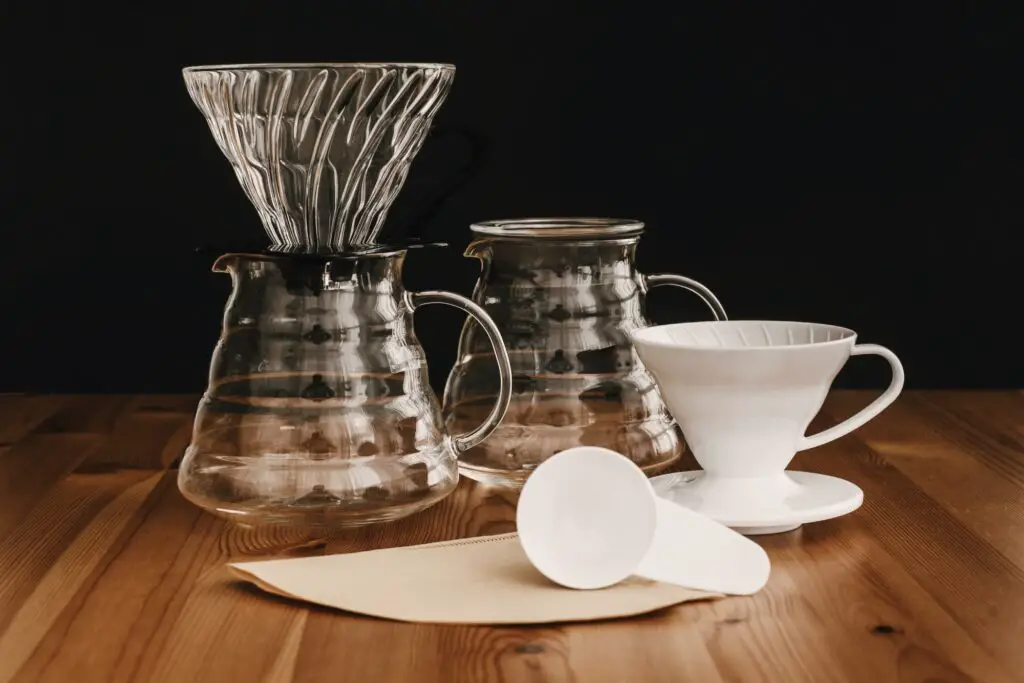
How to Brew with the Hario V60
- Grind your coffee beans. Aim for a medium-fine grind, similar to the texture of granulated sugar. You’ll need around 20-22 grams of coffee for a 12-ounce cup.
- Prepare the filter. Use a Hario V60-specific paper filter. Fold the seam and place it in the V60 dripper, ensuring it sits flush against the walls.
- Add coffee grounds. Pour the coffee grounds into the filter and create a small well in the center.
- Bloom the coffee. Pour just enough hot water (around 200°F) to wet the grounds evenly and let them “bloom” for about 30 seconds.
- Pour the water. Slowly pour the rest of the water in a spiral motion, starting from the center and working your way outwards. Keep the water level consistent and aim for a total brew time of around 2.5-3 minutes. Discard the filter and savor your perfectly balanced cup of coffee.
So, Which One’s for You?
Now that we’ve explored the art of manual brewing with the AeroPress, Chemex, and Hario V60, you might be wondering which method is the best fit for your taste buds and lifestyle. Here’s a quick rundown:
- AeroPress: If you’re looking for a portable, easy-to-use, and speedy brewing method that delivers a bold and smooth cup, the AeroPress is your go-to.
- Chemex: For those who appreciate elegance, artistry, and a bright, clean flavor profile, the Chemex is the perfect brewing companion.
- Hario V60: If precision and control over brewing variables are what you seek, the Hario V60 will help you unlock the delicate and nuanced flavors of your coffee beans.
At the end of the day, the best brewing method is the one that makes you happy. So why not give them all a try and see which one steals your heart (and your taste buds)? As you embark on your manual brewing journey, remember to have fun, experiment with different beans and brewing variables, and most importantly, enjoy the fruits of your labor. After all, life’s too short to drink bad coffee. Cheers!
Check out our Ultimate Guide to Pour Over Coffee!
FAQ: Manual Brewing with AeroPress, Chemex, and Hario V60
To help you navigate the world of manual brewing, we’ve compiled a list of frequently asked questions about the AeroPress, Chemex, and Hario V60.
Q: How do I choose the right coffee beans for each brewing method?
A: Each brewing method has its own unique characteristics, so experimenting with different beans is key. In general, the AeroPress works well with dark roasts for a bold and robust cup. The Chemex highlights the bright and fruity notes in light and medium roasts, while the Hario V60 excels with medium roasts that showcase delicate and complex flavors.
Q: What’s the best water temperature for manual brewing?
A: The ideal water temperature for manual brewing methods is between 195°F and 205°F (90°C to 96°C). Too hot, and you risk over-extracting the coffee, resulting in bitterness; too cold, and you’ll under-extract, leaving you with a weak and sour cup.
Q: How do I clean the AeroPress, Chemex, and Hario V60?
A: The AeroPress is easy to clean—simply remove the cap, push out the coffee grounds and filter, and rinse the plunger and chamber. For the Chemex, remove the wood collar and leather tie, and hand-wash it with warm, soapy water. Rinse the Hario V60 with warm water, making sure to remove any coffee residue from the ridges and the hole at the bottom.
Q: Can I use a reusable metal filter instead of paper filters?
A: Yes, you can use a metal filter for the AeroPress, Chemex, and Hario V60. Metal filters allow more oils and fine coffee particles to pass through, resulting in a fuller-bodied cup. Keep in mind that using a metal filter will change the taste and mouthfeel of your coffee compared to paper filters, which tend to produce a cleaner and brighter cup.
Q: How do I achieve the perfect grind size for each brewing method?
A: A high-quality burr grinder is essential for achieving consistent grind sizes. For the AeroPress, aim for a fine grind; for the Chemex, a medium-coarse grind; and for the Hario V60, a medium-fine grind. Don’t be afraid to experiment with grind sizes to find the perfect extraction for your taste preferences.
Q: How can I improve my manual brewing skills?
A: Practice makes perfect! Try different beans, grind sizes, water temperatures, and pouring techniques to discover what works best for your taste buds. You can also watch videos, attend workshops, or join online forums to learn from fellow coffee enthusiasts and improve your manual brewing skills.
Remember, the journey to mastering manual brewing is as enjoyable as the destination. So go ahead, grab your AeroPress, Chemex, or Hario V60, and start brewing the perfect cup of coffee today!
Daily Demitasse is a participant in the Amazon Services LLC Associates Program, an affiliate advertising program designed to provide a means for sites to earn advertising fees by advertising and linking to Amazon.com. We also participate in other affiliate programs which compensate us for referring traffic.


